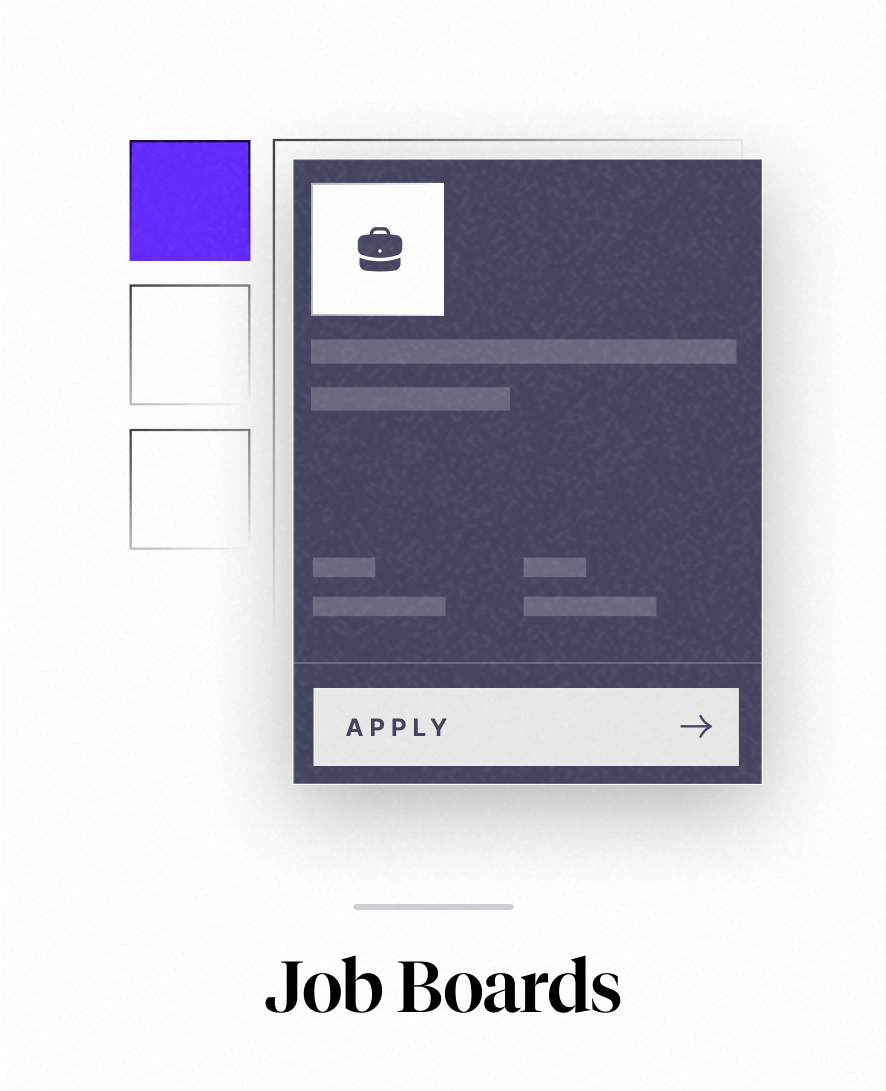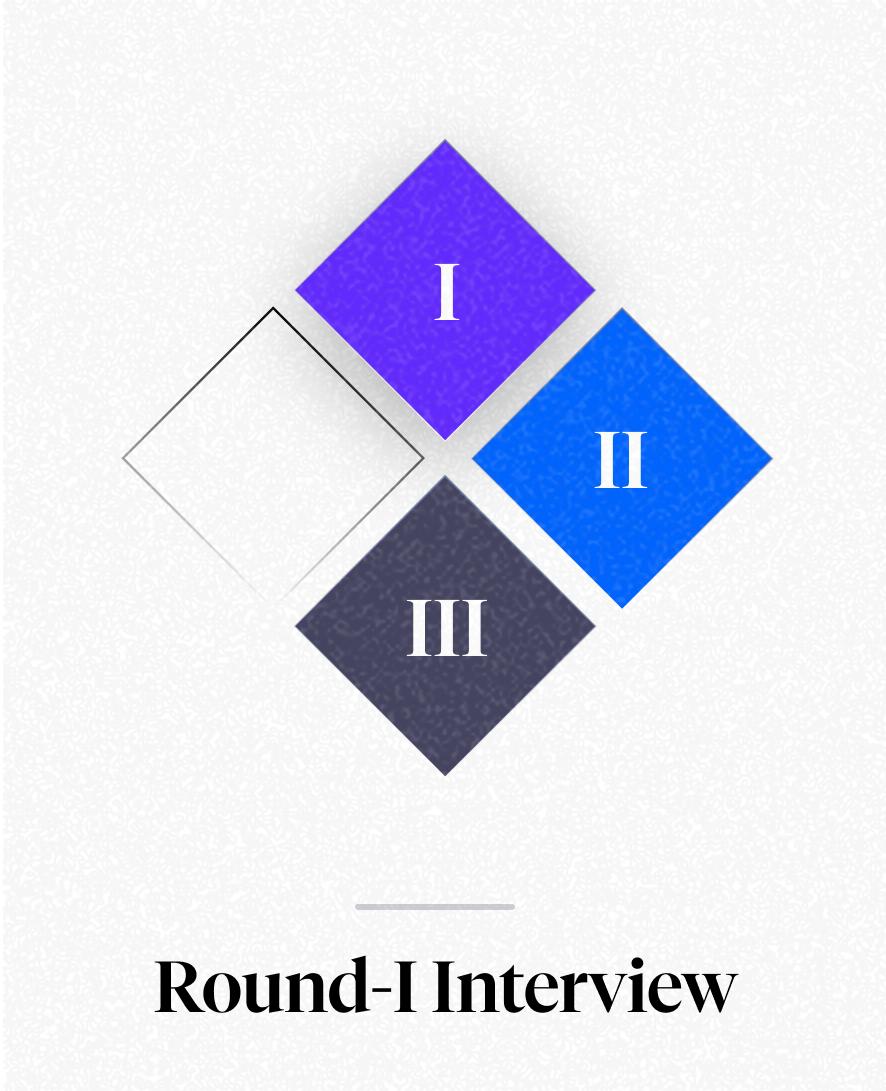Onboarding | QuitSure | Bhavya Jain
QuitSure, an app to help you call it quit.
QuitSure
The product QuitSure is a mobile app-enabled program that builds upon behavioral science and psychological tools to design a personalized program to help quit smoking and other forms of tobacco consumption.
The program is designed to devote 10 hours over 6 to 10 days with daily text/video-based sessions. The program is claimed to inculcate psychological habit change while focusing on an individual's triggers. It does not require an abrupt cessation of tobacco but quite the opposite. The users are required to smoke during the program and use various techniques while smoking to get the desired behavior change.
The ICPs
During the various interviews done last week, 5 ICPs were identified. Based on the ICP prioritization framework, 3 were shortlisted. These 3 can be clubbed to come up with the following 2 ICPs:
ICP 1 | ICP 2 | |
ICP Name | Early-mid career Professionals | Senior Professionals |
Age | 30-40 | 35-50 |
Gender | Any | Any |
Marital Status | Single/Married | Married |
Kids | Yes/No | Yes |
Occupation | Salaried/Homemaker | Salaried/Business |
Location | Tier 1 | Tier 1/2 |
Lives with? | Flatmates/Family | Family |
Education Level | Bachelors and above | Bachelors and above |
Income levels | 15-50 LPA (household | 25+ |
Tech Expertise | Proficient in smartphones | Moderate level in smartphones |
Decision Maker | Usually themselves | Themselves |
Risk Appetite | High | Moderate |
Most used apps | Instagram, Netflix/Prime/Hotstar/Similar OTT, WhatsApp, Uber, Groww | WhatsApp, Youtube, Netflix/Prime/Hotstar/Similar OTT, Facebook, Instagram |
How do they spend time? | Work: 50-80 hours/week Mostly OTT, Instagram reels/YouTube shorts, and hanging out with friends/family Weekend trips or hanging out at popular establishments | Work: 50-60 hours/week Weekend trips every month with vacations to tourist destinations. Newspaper/News app and OTT are the content consumed. More frequent vacations to relax (domestic/international) |
What do they spend their money on? | Rent, food, drinks, cigarettes, and travel. Decent investments for future planning. For those with kids, the major chunk becomes kids' supplies/school/activities | House EMIs, kids education, social gathering and travel take a major chunk. Good investments as well with a retirement focus. |
What kind of content do they consume | Any - from short form (reels) to long form (movies). Prefer comedy content in short form. Medium to long form content could be any genre. Like to explore non-mainstream content as well. | Prefer comedy and drama. Short-form content for comedy. Long-form content could be for any. More likely to go with tested mainstream content with familiar faces. |
Average order value | ~2,500 | ~2.500 |
Frequency of purchase | 1-3 lifetime | 1-5 lifetime |
Which features do they use most | Journal | Exercises |
how frequently do they use these features | Daily during the 6-12 days | Daily during the 6-12 days |
Willingness to pay | High | Very High |
Problem statement | Starting to observe deterioration in health Wasting too much money on it. | Severe health deterioration. Family, friends, and doctors are always talking about it. Feeling bad themselves. |
Prior Attempts? | Never to few times | Few times |
User Goals and JTBD
The primary user goal is personal: I want to get hold of my health
For some users, the secondary goal is financial: I am spending too much on this
These user goals were validated by conducting follow-up interviews with 3 recent users of the product. While all 3 agreed to the primary goal, 2 of them agreed with money as their secondary goal. The third person, a person close to their 50s, was not bothered about the expense since it was a small fraction of regular spending.
With the limited interviews, it is clear that the primary goal for any user is to get hold of their health while the secondary goal for some might be to save some money.
Onboarding Teardown
The onboarding teardown pdf is:
QuitSure - Onboarding Teardown.pdfAdditional notes:
The user onboarding for a product that promises personalization requires many data points which act as friction. The onboarding form has been divided into 7 sections focusing on:
- Basic information about the user -
- Name
- Gender
- Age
- Smoking Behavior -
- Form of nicotine consumption - Cigarettes/Vapes/Chewing Tobacco
- Age when started smoking
- Number of cigarettes per day/week
- If someone has already quit it
- Cost of consumption (cost per cigarette etc)
- At this stage, the potential savings from cessation are displayed with yet another CTA "SAVE MY MONEY"
- Next, the app assures the user about how difficult/easy will it break unhealthy thought patterns. This is accompanied by a total of users who had the same pattern and were yet successful in an attempt to eliminate doubts and instill confidence. Further, there are testimonials with yet another CTA of "FEELING GOOD ABOUT THIS"
- Current State of Affairs
- Which smoking-related health issues are currently being faced
- This is followed by a short note addressing the issues selected and the potential time frame of remission along with CTA "THANK GOODNESS!".
- Stage in the quit-smoking journey to gauge the motivation.
- Followed by another note affirming/assuring the user with various CTAs as per response.
- Request to connect on WhatsApp for content delivery and enhanced engagement.
- The key drivers are identified by asking what quitting smoking means to the user.
- Next is an image updating the progress and to believe in the rest of the journey along with a CTA "I BELIEVE"
- Quitting History
- Number of past quitting attempts
- Thought Patterns
- Understand the feeling of smoking/vaping/chewing with options like tastes good/relieves stress etc.
- Understand the concern post-quitting
- Yet another note with success rate and CTA "THIS SOUNDS EASY."
- Program Setup
- Details out the time commitment needed and provides options in a conversational manner instead of yes/no/maybe.
- Select the program format in either video or text.
Once the onboarding is completed, the user is immediately pressed to purchase the subscription by providing a 50% discount valid for the next 20 minutes.
Activation Metrics
Hypothesis
Hypothesis 1: Completed daily journal for 4 days in a row
Reasoning: The program is short duration and the success of the program is dependent on regular journal entries based on how they feel. For a 6-12 day program, regular updates for 4 days should ensure stickiness.
Hypothesis 2: Completed daily sessions (text readings/video recordings) for 3 days in a row
Reasoning: The program is based on the daily content that is delivered via text or video. If the user can absorb the content for 3 days in a row, it can be assumed that the content is up to the delight of the user.
Hypothesis 3: Tracked cigarettes smoked for 5 days in a row
Reasoning: The users know about their cigarette consumption already due to regular purchases. However, if they are willing to track in the app, it can be assumed they have a decent level of motivation to quit and thus are likely to stick around or perhaps subscribe to the program if not already.
Hypothesis 4: Consumes the free content within 2 days (for non-subscribed users)
Reasoning: If the user goes through the free content rapidly in a short period, it is expected they find the content relevant and can continue to stay on the app and move ahead in their journey and subscribe.
Hypothesis 5: Spends an average of 30 minutes daily on the app for 3 days
Reasoning: The program requires a minimum of 30 minutes daily commitment for 6 to 12 days. If someone is spending the requisite time daily then it can be assumed that they are adhering to the program and they can complete the program.
Hypothesis 6: Interact with the coach daily for 3 days on WhatsApp
Reasoning: When someone interacts with a coach regularly, it is an indicator they are serious about the underlying issue. Further, regular interaction imbibes a certain pressure so as to not disappoint the coach.
Additional Metrics to track
- D3/D6/D12 retention
- Language selected
- Text/Video preference
- Subscribers/Non-subscribers
- Average daily time spent
- Cigarette tracking - regular update or bulk update in the evening
- Product Reviews
- FB Community Size
- FB Community activity (Posts, comments, etc)
- Coach interactions on App/WhatsApp
- Number of subscriptions in first 20 minutes (50% discount offer)
- Number of referrals
- The average age of subscription (the program requires only 1 month)
- Number of relapses
Brand focused courses
Great brands aren't built on clicks. They're built on trust. Craft narratives that resonate, campaigns that stand out, and brands that last.
All courses
Master every lever of growth — from acquisition to retention, data to events. Pick a course, go deep, and apply it to your business right away.
Explore foundations by GrowthX
Built by Leaders From Amazon, CRED, Zepto, Hindustan Unilever, Flipkart, paytm & more
Crack a new job or a promotion with the ELEVATE
Designed for mid-senior & leadership roles across growth, product, marketing, strategy & business
Learning Resources
Browse 500+ case studies, articles & resources the learning resources that you won't find on the internet.
Patience—you’re about to be impressed.


































